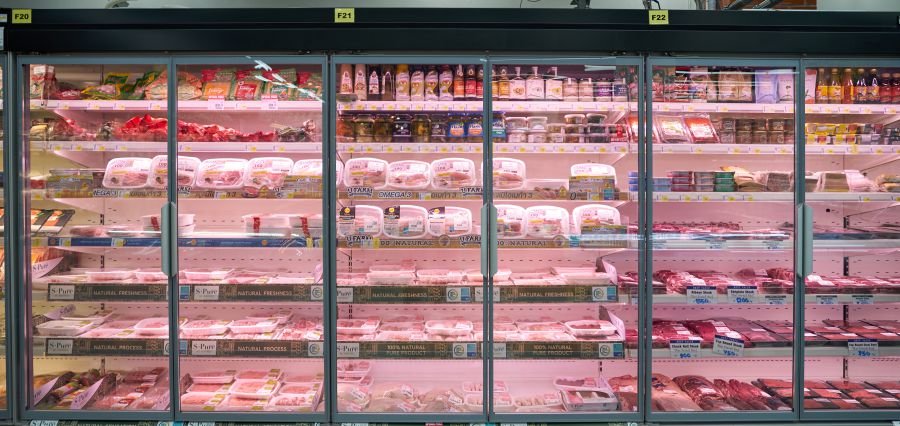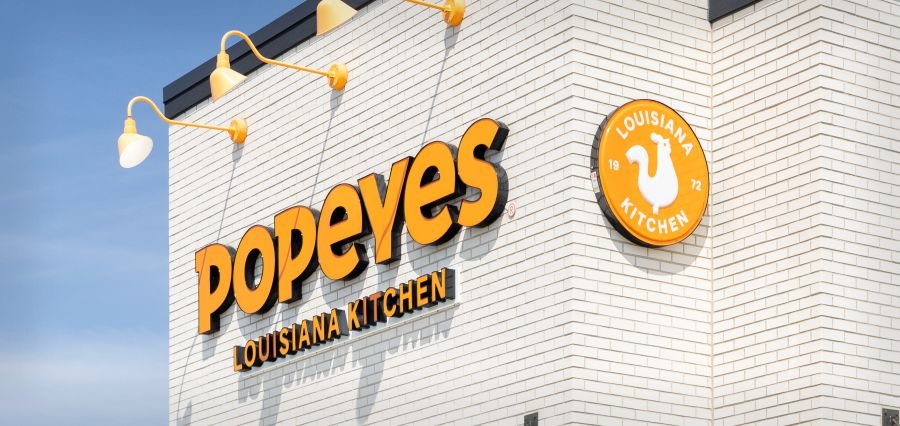Prime Highlights:
- The high-protein trend is rapidly growing, driving innovation across the food and beverage industry.
- Companies are introducing new, sustainable products like fermented high-protein whey powders to meet consumer demand.
Key Facts:
- Milk consumption has risen for the first time since 2009, while some plant-based alternatives, such as almond milk, are seeing slower sales.
- High-protein products are often more expensive, but nutritionists warn that most people already get enough protein, and fiber may be more important for overall health.
Key Background:
Recently, more people want high-protein foods, boosting new products in the food industry. From yogurt and milk to coffee and pasta, high-protein options are becoming easier to find, attracting fitness fans and health-conscious shoppers.
For Andie, a Vancouver resident, the trend came after using a fitness app that recommended she boost her protein intake without adding extra calories. “I started looking for high-protein versions of foods I already ate,” she says. Her excitement grew when a Canadian restaurant chain introduced high-protein lattes, which she now drinks regularly.
Market research supports this growing demand. In the US, products labeling themselves as protein-rich saw a 4.8% growth in sales between March 2024 and March 2025, according to NielsenIQ. Milk has seen a rise in consumption for the first time since 2009. Such products as bovine colostrum and whey drinks are gaining popularity, whereas some plant-based drinks, such as almond milk, are becoming weaker.
Businesses are discovering alternative methods of satisfying demand in a new, environmentally friendly manner. French start-up Verley makes high-protein whey powders through fermentation, so no cows are needed, and it’s better for the environment. CEO Stéphane Mac Millan says their products are aimed at health-conscious consumers looking for specific proteins like beta-lactoglobulin, which is high in leucine.“We are bringing more to the table sustainably,” he explains, acknowledging that the premium price reflects both quality and ethical production.
Despite the popularity of protein-rich products, nutritionists warn that most people in developed countries already consume enough protein. Dr. Federica Amati from Imperial College London says that “high-protein labels can make foods look healthier than they are” and that fiber is often more important for health.
The high-protein trend is still growing, helped by social media, fitness culture, and new products. Whether people really need more protein or are just following trends, the food industry is meeting the demand.






